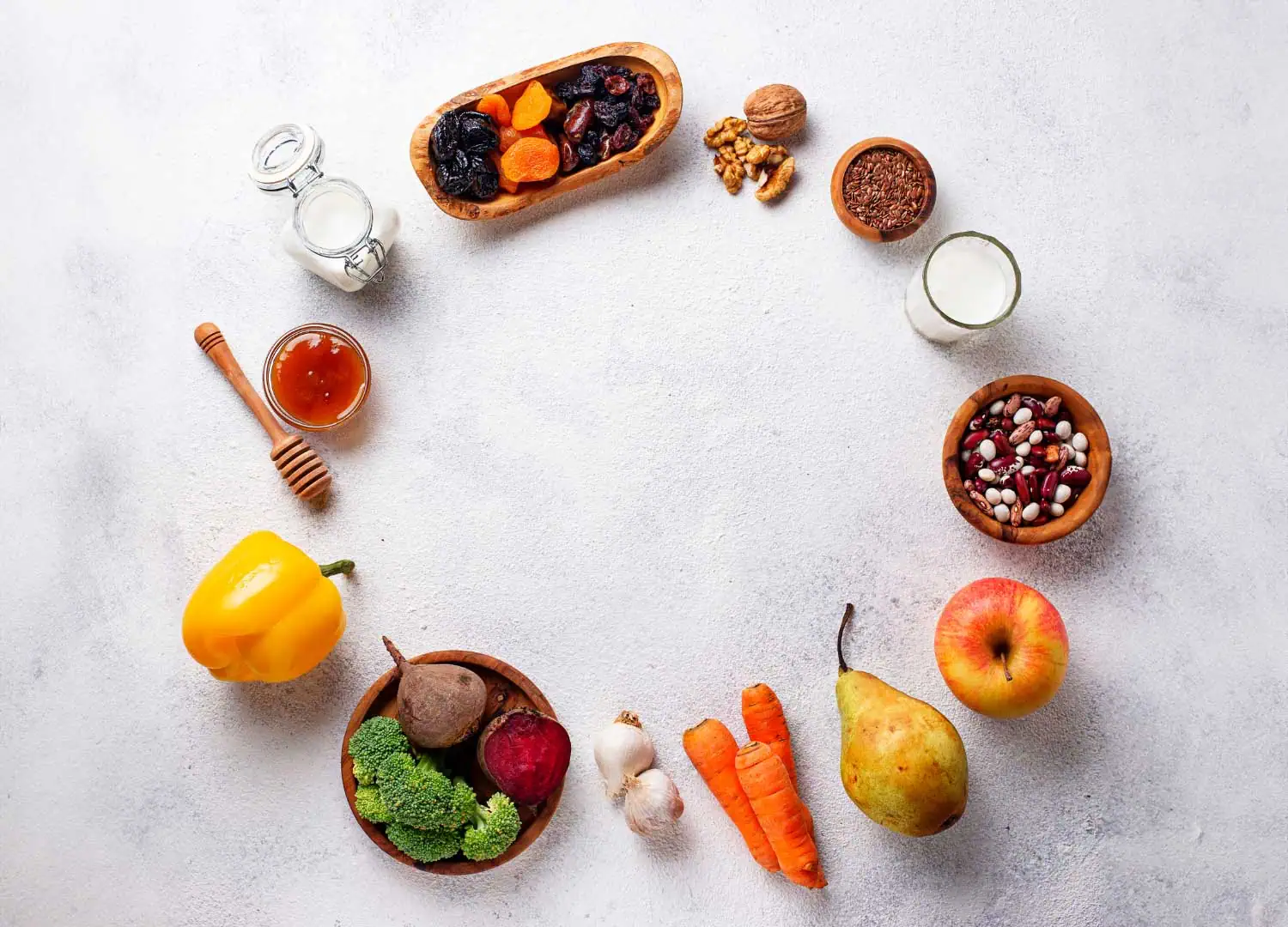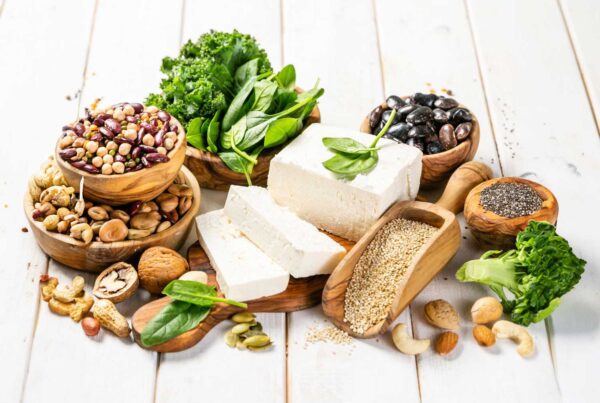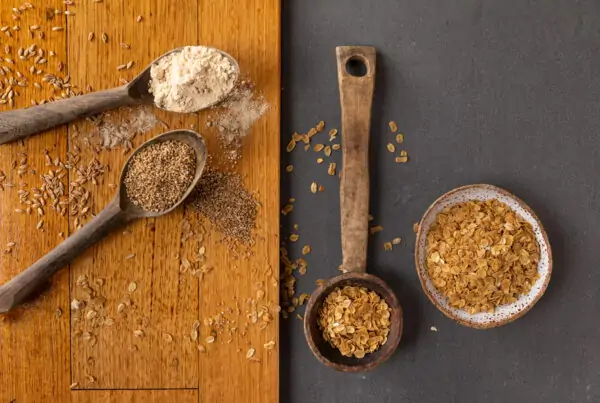In a world that is quite literally ‘gut-obsessed’, chances are you’ve heard the terms prebiotics and probiotics being thrown around. Despite the terms sounding incredibly similar, they are in fact vastly different. The one thing they do have in common though is their integral role in the overall health of our digestive system.
We consulted our dietitian and nutritionist to break down these popular gut-health concepts for you. Keep reading to learn what she has to say.
Prebiotics
Put simply, prebiotics are a type of dietary fibre. This means they are found in food and cannot be produced by our bodies alone. Prebiotics are found in plant foods such as fruits, vegetables, nuts, seeds, lentils, legumes and wholegrains like BARLEYmax®, oats and quinoa. Prebiotics act as a type of fuel for the beneficial bacteria (also known as probiotics – more on that later) that reside in our digestive tract.
It’s important to understand that our bodies don’t absorb or digest prebiotic fibre. When we eat foods containing prebiotics, they travel through our digestive system and serve to nourish all the different gut bugs along their journey. The role of the gut bugs is to ferment the prebiotics in order to produce compounds called short chain fatty acids (SCFA’s). SCFA’s produced from the fermentation process have proven to enhance the integrity and function of the gut lining. They also play a key role in how effectively our bodies absorb nutrients from the foods we eat. Interestingly, research has shown that SCFA’s contribute to reduced inflammation, improved mood, greater immune support and may be protective against certain chronic diseases.
Gut health experts encourage individuals to eat a variety of prebiotics for optimal gut health outcomes. This is because variety in the foods we eat directly correlates to a variety of beneficial bacteria within our gut. Research indicates that those who consume 30 different plant foods every single week have
Probiotics
Probiotics are essentially a universal term for ‘live microorganisms’. These can refer to the organisms that live in our gut and make up our gut microbiome, or those found in food and supplements. The greater amount and diversity of probiotics within our gut, the greater our overall health outcomes.
Foods that contain probiotics include yoghurt (with live cultures), some cheeses, miso, sauerkraut, kimchi, kombucha and kefir. Whilst consuming these foods have proven to be beneficial for reasons associated with their nutritional make-up, the quantity, type and stability of the bacteria is not well researched or understood.
The same goes for probiotic supplements. It’s challenging to identify which strains of bacteria will be beneficial for everyone, reason being – it depends on the collection of bacteria that is currently present within their microbiome. Determining this is usually through faecal samples and research which proves to be invasive and expensive.
The difference
The best way to decipher the difference between prebiotics and probiotics is through a few simple analogies.
I like to think of prebiotics as the food [soil] for the probiotics [flowers] to flourish. Others like to refer to the prebiotics as the fuel [petrol] for the probiotic [car] to move.
Whichever works best for you!
As a dietitian, I would encourage you to consume as many different plant foods as possible to support bacterial diversity in your microbiome. Adding fermented foods into your diet can be advantageous for some individuals, and supplements should only be prescribed on a case-by-case basis by a qualified health professional with experience in gut health.
This post was written by Millie Padula.
For more information on gut health, head back to the Resource Hub.
Intended as general advice only. Consult your health care professional to discuss any specific concerns.




